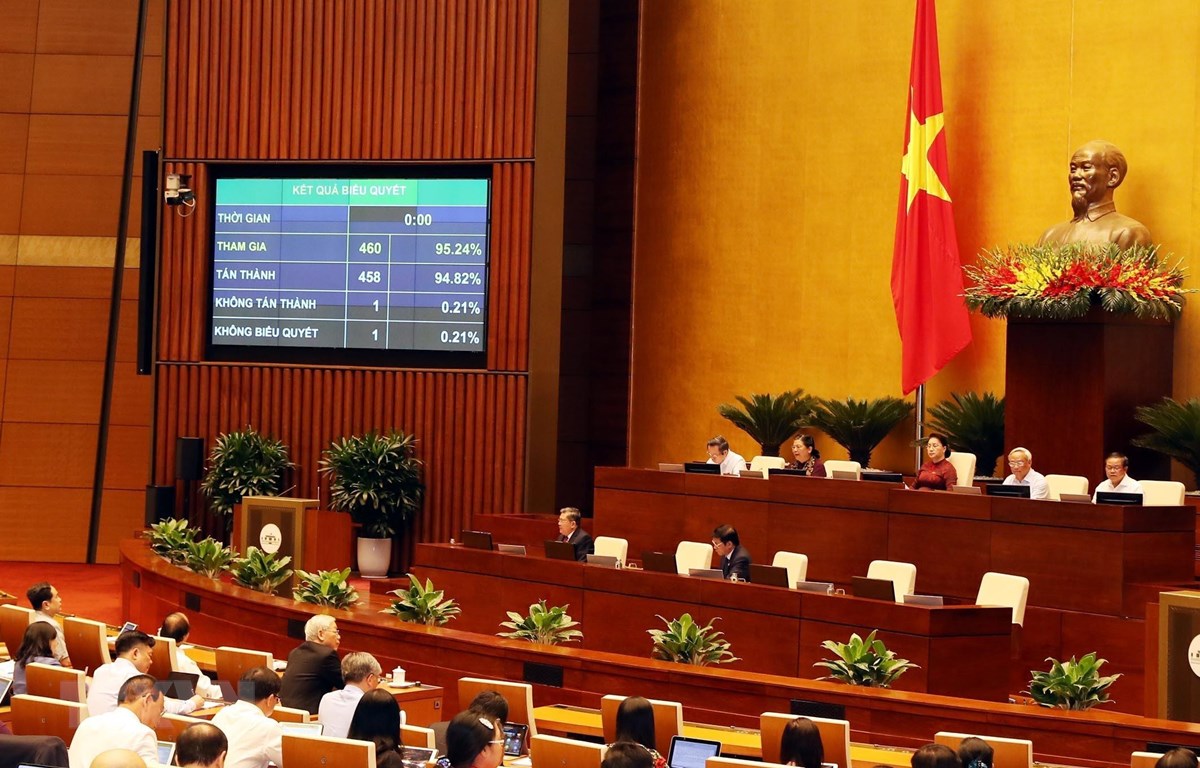VN commits to abolition of forced labor
VGP – With 94.82% of votes, the National Assembly adopted a resolution to ratify Viet Nam’s membership of the International Labor Organization (ILO)’s Abolition of Forced Labor Convention (Convention 105).
 |
|
NA deputies vote for resolution to ratify Viet Nam’s membership of the International Labor Organization (ILO)’s Abolition of Forced Labor Convention (Convention 105) - Photo: VNA |
Ms. Corrine Vargha, Director of the ILO's International Labor Standards Department said that the adoption represents Viet Nam’s strong commitments to the fight against forced labor in any forms.
Via the adoption, Viet Nam has approached the fulfillment of the 2030 United Nations Sustainable Development Goals (SDGs) especially the seventh and eighth ones.
The Abolition of Forced Labour Convention (Convention 105) was adopted by the ILO in Geneva, Switzerland on June 25, 1957. It is one of the two ILO conventions against forced labor, along with Convention 29 which Vietnam joined in 2007.
Convention 105 comprises ten articles. The content of the Convention focuses on Article 1 and Article 2; Articles 3 to 10 are procedural rules.
The ILO estimated of 24.9 million trapped in forced labor, 16 million people are exploited in the private sector such as domestic work, construction or agriculture; 4.8 million persons in forced sexual exploitation, and 4 million persons in forced labor imposed by state authorities.
In the private sector, forced labor generated an annually illegal benefit of US$ 150 million./.
By Kim Anh

